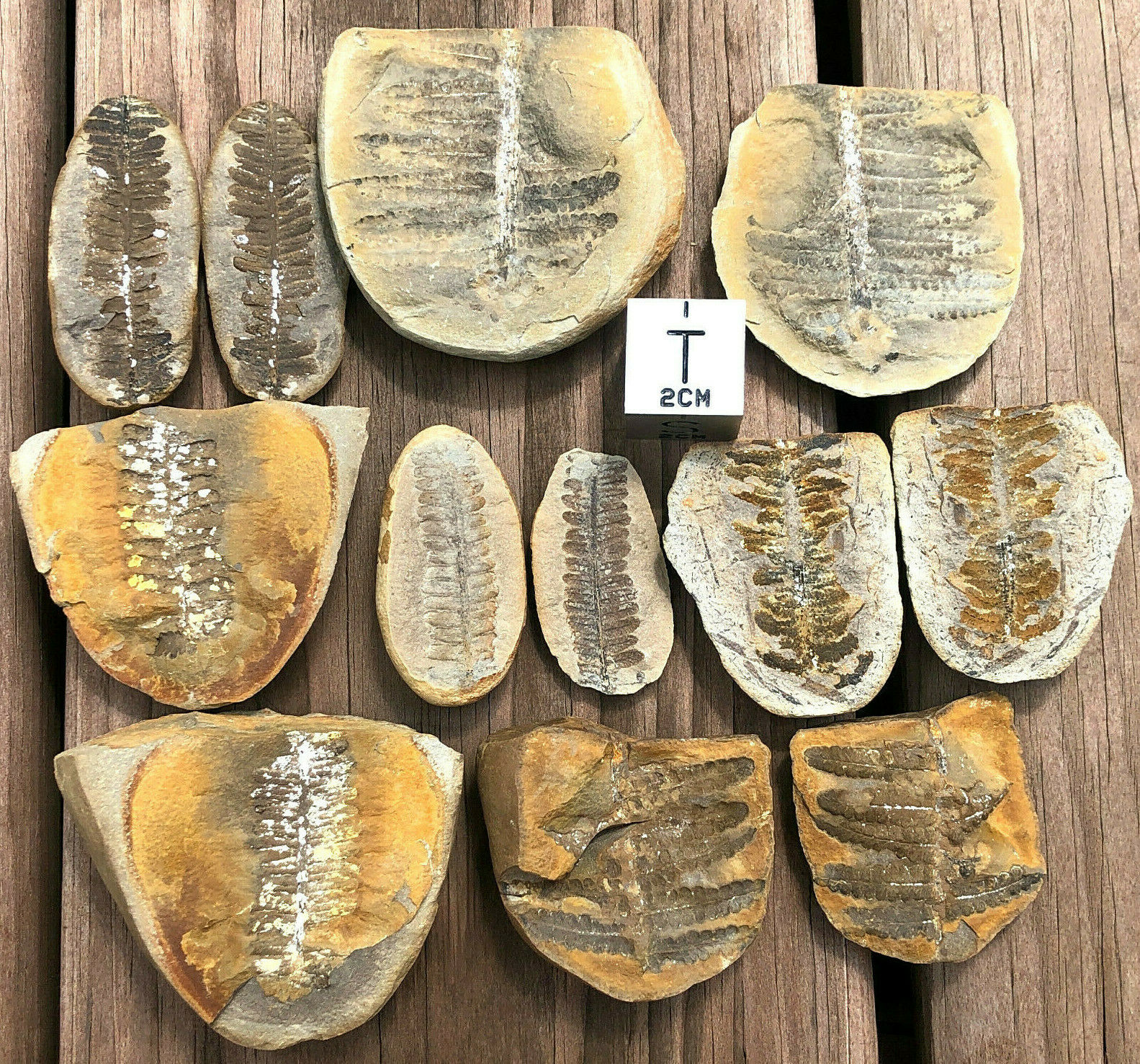-40%
Extremely rare ! Unknown devonian fossil plant ! Archaeopteris or rarer fossil !
$ 84.48
- Description
- Size Guide
Description
Specimen:Extremely rare, museum quality m
ystery , unknown devonian fossil plant !
Archaeopteris cf. halliana
Goeppert ?
or something much rarer ! Mystery fossil plant .
Locality:
All detailed data will be provided with the specimen
Stratigraphy:
Devonian - Famennian
Age:
ca. 370 - 360 Mya
Matrix dimensions:
ca. 18,0 x 11,5 x 1,5 cm ( white square on last picture is 1,0 x 1,0 cm )
Description:
Extremely rare, museum quality m
ystery , unknown devonian fossil plant
Archaeopteris cf. halliana
Goeppert
??? or something much rarer !
Archaeopteris
is an extinct genus of tree-like plants with fern-like leaves. A useful index fossil, this tree is found in strata dating from the Upper Devonian to Lower Carboniferous (383 to 323 million years ago), and had global distribution. Until the 2007 discovery of
Wattieza
, many scientists considered
Archaeopteris
to be the earliest known tree.
Evidence indicates that
Archaeopteris
preferred wet soils, growing close to river systems and in flood plain woodlands. It would have formed a significant part of the canopy vegetation of early forests. Speaking of the first appearance of
Archaeopteris
on the world-scene, Stephen Scheckler, a professor of biology and geological sciences at Virginia Polytechnic Institute, says, "When
Archaeopteris
appears, it very quickly became the dominant tree all over the Earth. On all of the land areas that were habitable, they all had this tree".
Archaeopteris
is a member of a group of free-sporing woody plants called the progymnosperms that are interpreted as distant ancestors of the gymnosperms.
Archaeopteris
reproduced by releasing spores rather than by producing seeds, but some of the species, such as
Archaeopteris halliana
were heterosporous, producing two types of spores. This is thought to represent an early step in the evolution of vascular plants towards reproduction by seeds,
which first appeared in the earliest, long extinct, gymnosperm group, the seed ferns (Pteridospermatophyta). The conifers or Pinophyta are one of four divisions of extant gymnosperms that arose from the seed ferns during the Carboniferous period.
Archaeopteris
was originally classified as a fern, and it remained classified so for over 100 years. In 1911, Russian paleontologist Mikhail Dimitrievich Zalessky described a new type of petrified wood from the Donetz Basin in Russia. He called the wood
Callixylon
, though he did not find any structures other than the trunk. The similarity to conifer wood was recognized. It was also noted that ferns of the genus
Archaeopteris
were often found associated with fossils of
Callixylon
. In the 1960s, paleontologist Charles B. Beck was able to demonstrate that the fossil wood known as
Callixylon
and the leaves known as
Archaeopteris
were actually part of the same plant. It was a plant with a mixture of characteristics not seen in any living plant, a link between true gymnosperms and ferns.
Systematic:
Kingdom: Plantae
Division:
Progymnospermophyta
Order:
Archaeopteridales
Family:
Subsigillariaceae
Genus:
Archaeopteris Dawson 1871
Species:
Archaeopteris halliana
Goeppert 1852

















